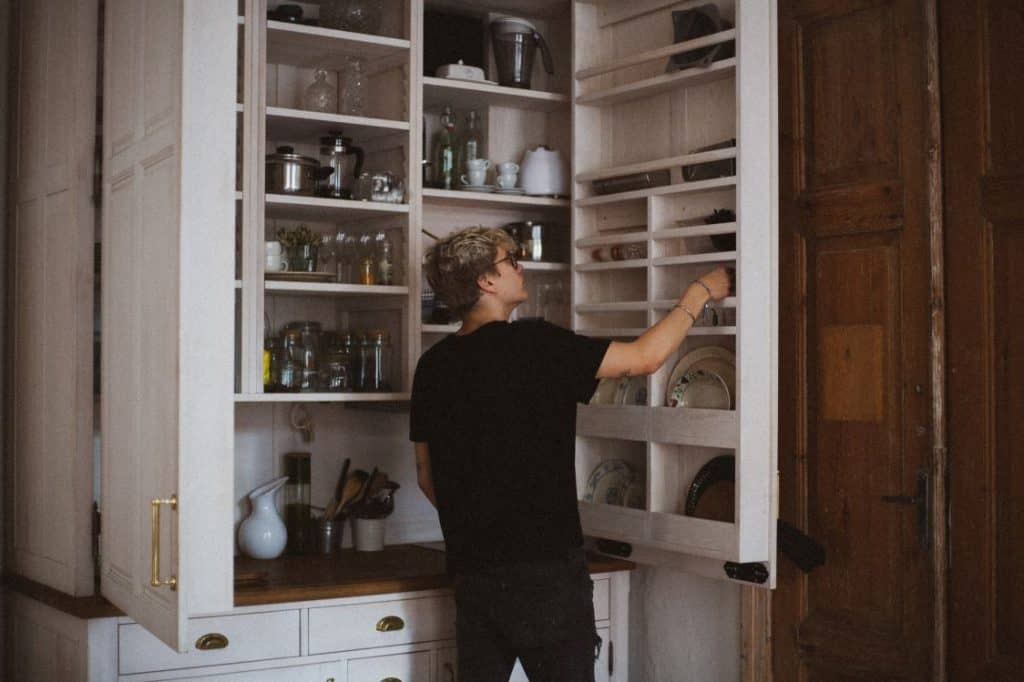Sake is an alcoholic drink made from fermented rice. It is originally from Japan, where it is the national beverage; however, sake is becoming increasingly popular around the globe. Sake is often served in tiny cups, so a single bottle of sake usually takes a long time to finish. High-quality sake tends to be expensive, so it is crucial to know whether sake will eventually go bad.
Does sake go bad? As a fermented product, sake has a long shelf life; however, as it is often handmade and does not contain any preservatives, it will eventually spoil. An unopened bottle of sake can keep for 1-2 years in a cool place (e.g. in the pantry or the fridge). Once you unseal the bottle, it is best to drink it within the day for optimal flavor. If this is not possible, the bottle must be stored in the fridge and consumed within 2-3 weeks.
This article will discuss whether or not sake actually spoils and detail the shelf life of the different types of sake. Also explained is how best to store sake to ensure that it remains drinkable for as long as possible. Finally, this article will describe the signs of “spoiled” sake.
Does Sake Go Bad?
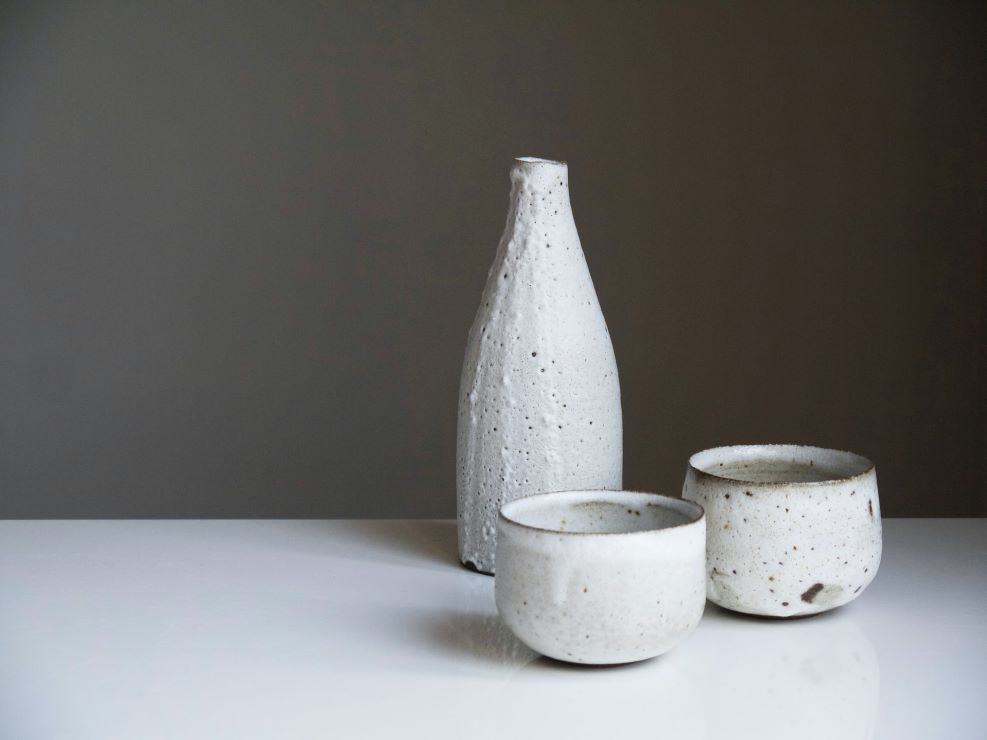
Sake does not “go bad” in the sense that it will eventually become harmful to drink. Thus, under Japanese law, it is not mandatory to put expiration dates on bottles of sake. However, this does not mean that sake will be fresh forever.
In storage, sake will degrade over time: its color, aroma, and taste will change. In this article, “shelf life” refers to how long it takes before the flavor of sake changes. The shelf life of sake depends on whether it is pasteurized or not.
An early step in the process of making sake is the squeezing of the liquid from fermented rice grains. This liquid is filtered and then burned, or pasteurized, to kill off any bacteria. Afterward, it is stored and aged. Finally, before it is bottled, it is pasteurized again.
Pasteurization extends the shelf life of sake but changes its taste. Regular sake is pasteurized twice; on the other hand, namazake (literally “fresh sake”) is pasteurized only once or not at all. It is said to have a brighter, fruitier, and fresher taste; however, its shelf life is shorter.
Even though no date of expiry is printed on sake bottles, they do indicate a date of manufacture. Although this marks the year and month of bottling and not the actual date the liquor was squeezed, this is the closest you will get in determining the age of the sake.
If stored in a cool and dark place, an unopened bottle of pasteurized sake can keep for 1-2 years from the date on the bottle; on the other hand, sealed namazake will only last for 2-4 hours at room temperature and must be kept in the fridge, where it can last for 6-7 months.
All unsealed bottles of sake, whether pasteurized or not, must be kept in the fridge. As with all fermented drinks, sake is sensitive to air: once the bottle has been unsealed, the liquor begins to degrade. A bottle of regular sake that has been opened will last for 2-4 weeks in the fridge, while unsealed namazake will only keep for 1-2 weeks.
How to Store Sake
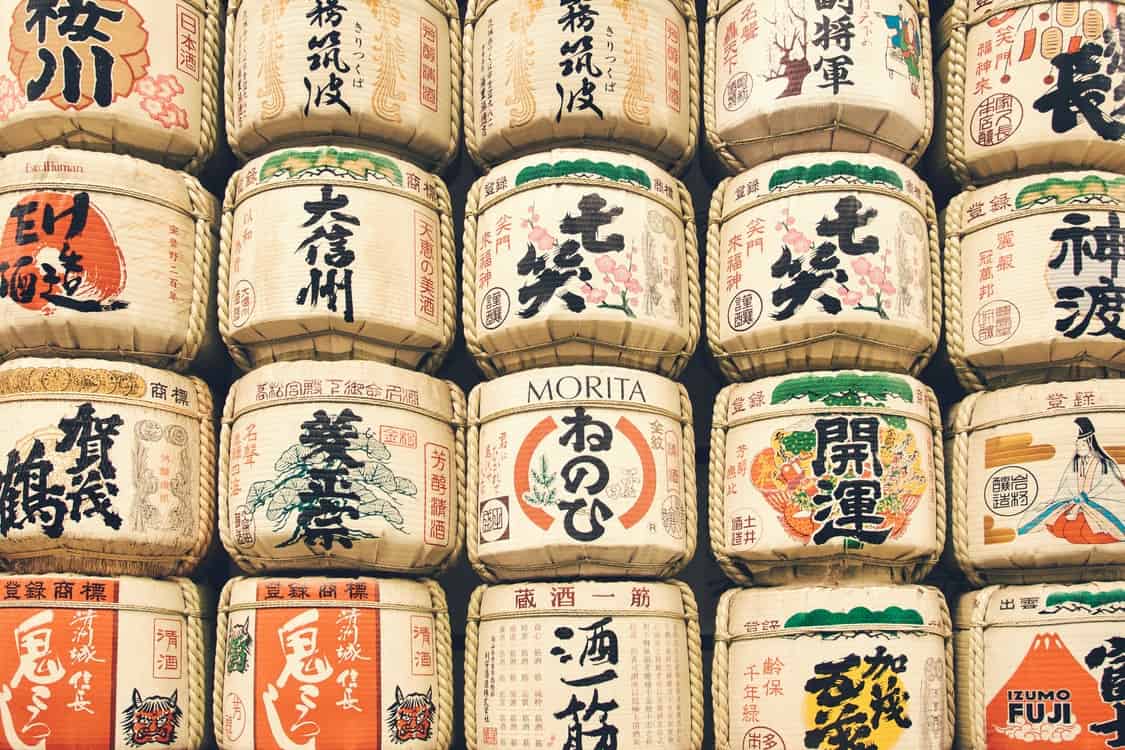
Because it contains no added preservatives, sake is a very delicate alcoholic beverage. It is sensitive to changes in factors such as light, temperature, and exposure to air. Therefore, you need to take steps to ensure that your sake remains drinkable for as long as possible. Here are three things to remember when storing your sake:
-
Control the Temperature
Sake is sensitive to fluctuations in temperature, which can accelerate its deterioration. It is best to store unopened sake in the fridge, where temperature ranges from 41 to 43 degrees Fahrenheit. Specifically, the bottle should be stored at the back of the fridge and not the door, where the temperature increases whenever the fridge is opened.
If it is not possible to store sake in the fridge (for example, due to space constraints), the next best option is to store the bottle in a relatively cool place (like the pantry), ideally below 59 degrees Fahrenheit. However, namazake is an exception. Unpasteurized sake must always be kept in the fridge, sealed or otherwise.
-
Keep it Away from Light and Heat
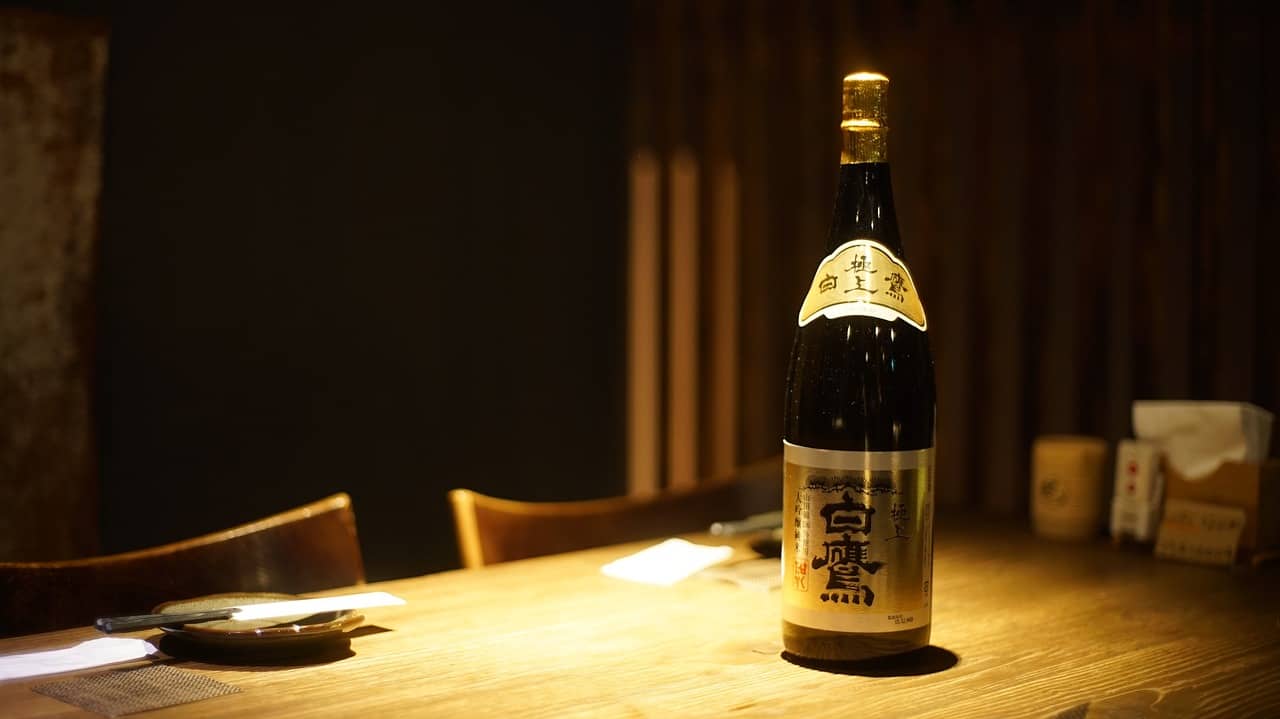
Sake is extremely sensitive to sunlight, particularly ultraviolet (UV) light. UV light reacts with the components of the sake, causing the liquor to degrade extremely rapidly. Both the color and the taste of sake will deteriorate upon exposure to UV light; furthermore, even the aroma can change and become similar to the smell of singed hair.
Fortunately, more and more brewers are adding green or brown tint to their bottles to protect the product from sunlight; however, it is still best to take extra precaution. One way to protect sake from sunlight is to keep it in the box that it likely came with. If you are storing your sake in the pantry, make sure to place it towards the back, where light is less likely to reach.
-
Always Keep the Cap On
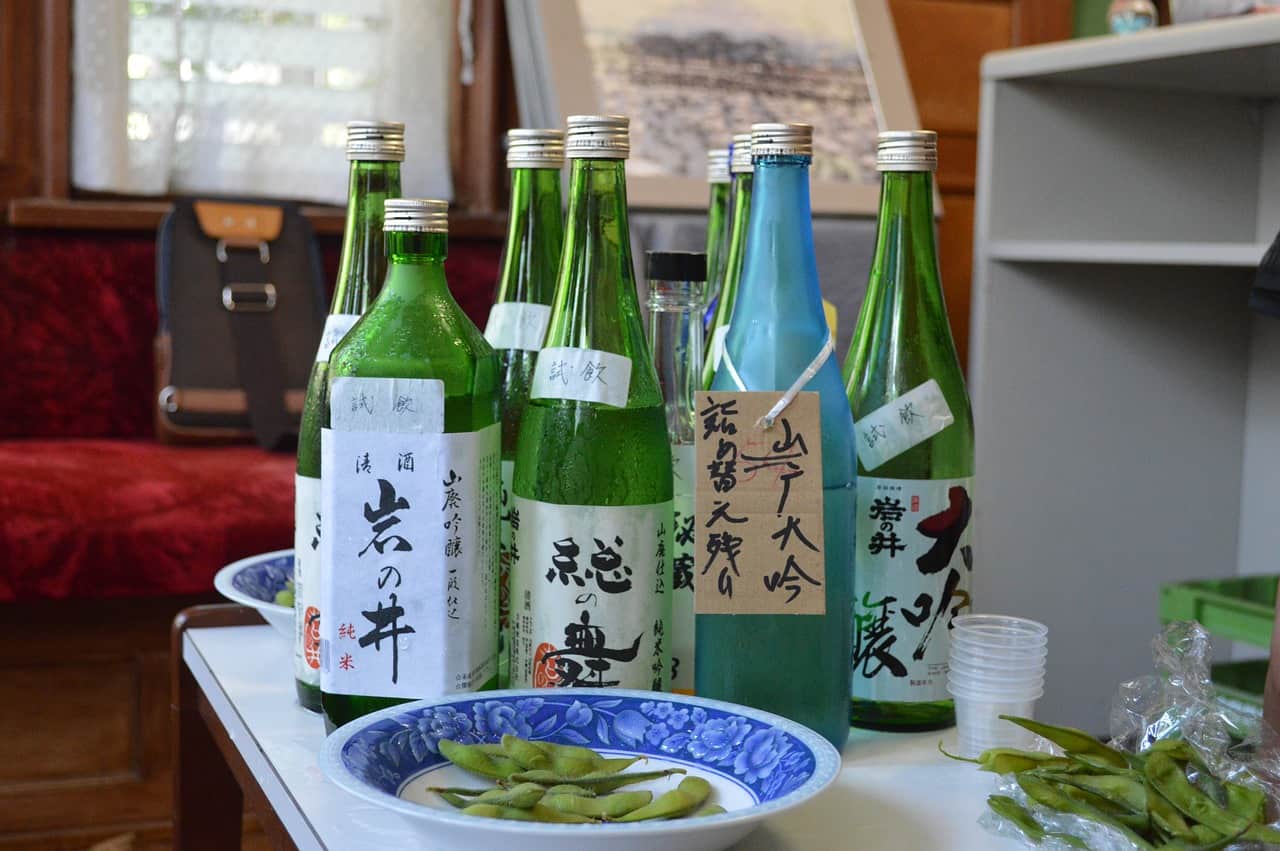
In addition to UV light, oxygen is another accelerator of sake deterioration. When sake is bottled at the factory, it is close to being vacuum-sealed. When the bottle is opened, the product immediately encounters air and oxidation begins. Oxidation damages the flavor and disrupts the overall balance of the drink, sometimes even imparting a silkier texture and a slight acidity.
Once a bottle of sake is opened, it must be stored in the fridge at all times; however, oxidation is inevitable, so it is still best to consume an open bottle of sake within a few days. If your bottle is especially large, consider portioning out the contents into smaller, airtight bottles and containers so that contact with air is minimized. When decanting sake like this, make sure to completely fill the container so that there is no space for air.
However, even though it may no longer be best for drinking, old and slightly oxidized sake is still may still be fine to use in cooked dishes.
How to Tell if Sake Has Gone Bad
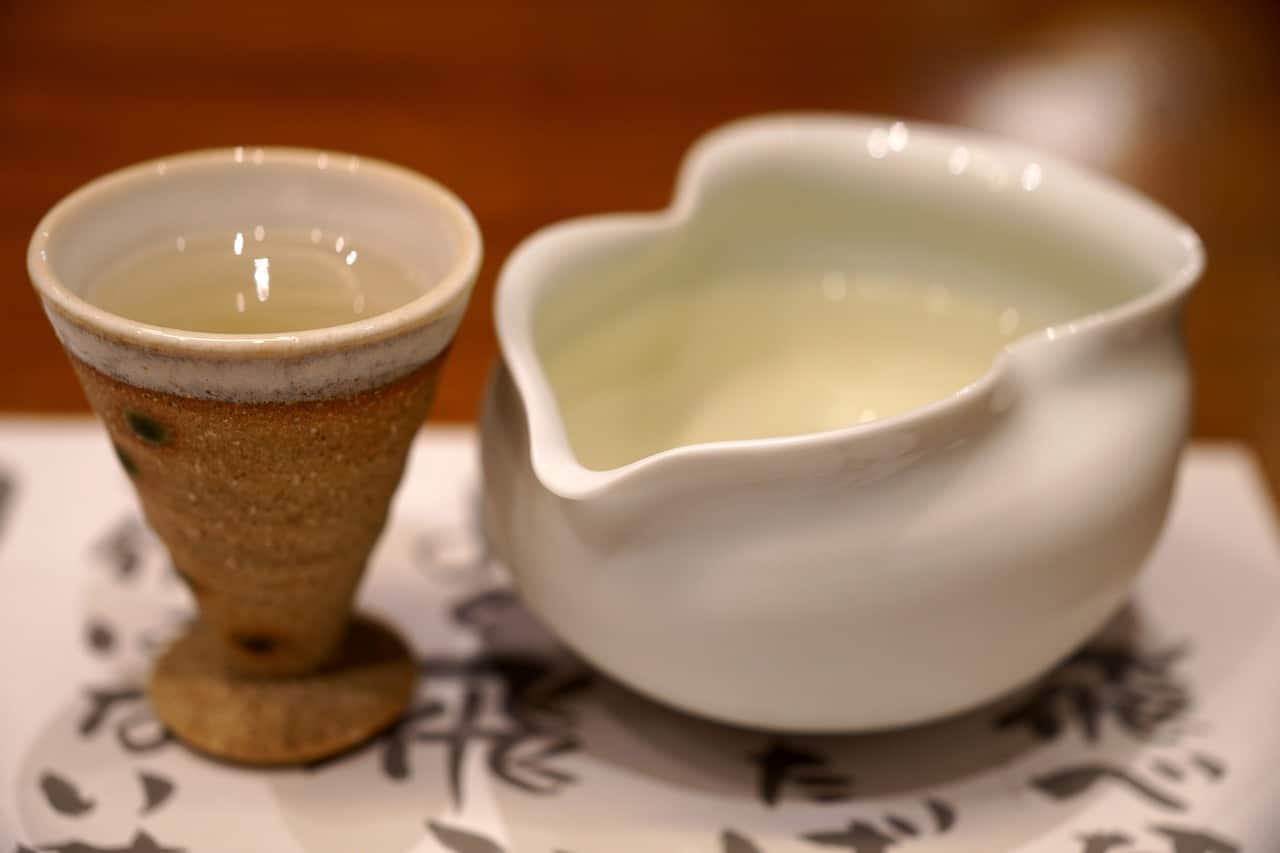
It is usually difficult to determine whether a fermented product has spoiled, and sake is no exception. However, there are things that you can watch out for. The following are signs that your sake may have “gone bad”, or is no longer at optimal drinking quality:
-
Changes in Color
Sake that has “spoiled” will have a yellowish hue when sake is typically clear. This is usually a sign of damage by oxidation. If your sake has turned yellow, you should discard it immediately.
-
Changes in Odor
Sometimes, sake will acquire a rotten or pungent smell. This is in stark contrast to the usual strong, albeit caramel-like, nutty, or fruity aroma of fresh sake. Sake that smells off should be thrown away.
-
Particles
If particles appear in your sake, whether they float or have settled at the bottom of the bottle, this means that the liquor has started to fall apart. Sake that is already falling apart must be disposed of.
-
Changes in Taste

Finally, even if your sake passes all the previous tests but is suspect, you should take a small sip to check how it tastes. If it tastes different from how it usually does (or, if you simply don’t like the taste), you should no longer use it.
Final Thoughts
Sake is a fermented drink and thus has a long shelf life, but it will not stay fresh forever. Although sake will never deteriorate to the point of being harmful to drink, its quality as a beverage will decline over time. The two main types of sake, pasteurized and unpasteurized, have differences in shelf life.
An unopened bottle of pasteurized, “regular” sake can be drinkable for up to two years if stored properly; on the other hand, unpasteurized sake (namazake) only lasts for 6-7 months and must always be stored in the fridge.
To maximize its shelf life, sake must be kept away from light, heat, and air, as well as fluctuations in temperature. Lastly, “spoiled” sake is often marked by changes in color, odor, and taste, as well as the appearance of particles.

